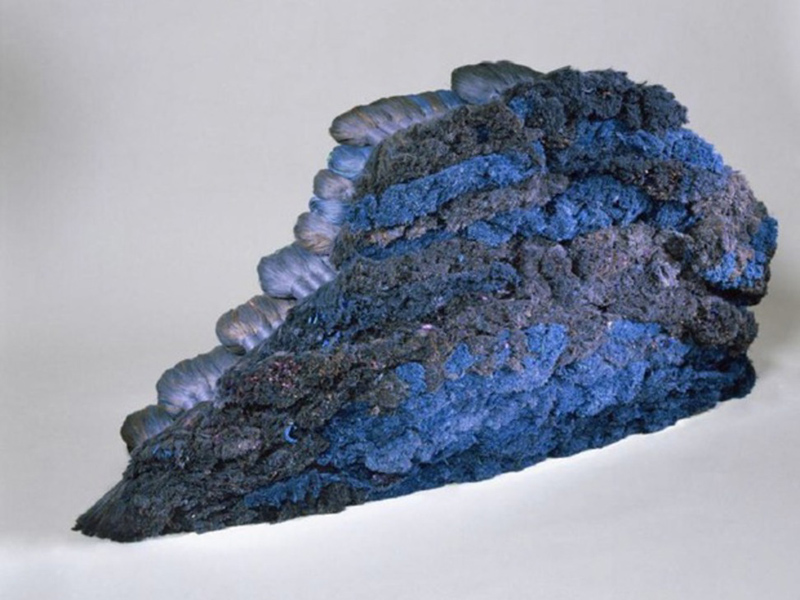ART CITIES:Paris-Sheila Hicks
 Throughout her career, Sheila Hicks has been a groundbreaking artist using textiles and fiber as her material. Her contributions to the art world are widely recognized. She has brought textile sensibility to the visual arts, as well as to architecture and social issues. She has inspired many artists over generations.
Throughout her career, Sheila Hicks has been a groundbreaking artist using textiles and fiber as her material. Her contributions to the art world are widely recognized. She has brought textile sensibility to the visual arts, as well as to architecture and social issues. She has inspired many artists over generations.
By Dimitris Lempesis
Looking back at Sheila Hicks’ career from 1957 to the present day, the exhibition “Sheila Hicks. Life Lines” at Centre Pompidou includes 100 works, that allow the visitor to discover the various expressions of an art that uses cotton, wool, linen and silk to enrich our perceptions of colour, material and space. During her studies at Yale University in the late ‘50s, Sheila Hicks discovered the pre-Columbian textiles. She also appropriated the legacy of the Bauhaus through the teachings of Josef Albers, then began creating works that shook up the hierarchy of artistic practices, moving freely between fine art, design and decoration. Under the influence of Albers and then the great Mexican architect Luis Barragan, Hicks developed “Chromophilia” that has imbued all her work ever since. During the second half of the ‘60s, going beyond the tapestry model that had hit her to dominated textile work, she created “soft sculptures”, which have become iconic pieces. Piled up pieces of wool and linen that can be reinterpreted at every new showing, they reflected a line of thinking similar to that of contemporary Antiform and post-minimalist artists. In the following decade, she began a series of large soft sculptures. Made from vibrant lines of fiber, falling from the ceiling and filling the space with color, they represented one of her major contributions to the art of the ‘70s. Sheila Hicks works have also played a historic role in embodying a renewed meeting of haptic and optical perception. In 2014, for the Whitney Biennial in New York, Sheila Hicks submitted “Pillar of Inquiry/Supple Column” (2013-14), a column of pigmented fibres in a variety of colors spiralling down from Marcel Breuer’s coffered ceiling (the Bauhaus again). The work has affinities with Morris Louis’s “Stripes” (1961-62) although the painter’s vertical colored bands crossed the abstract space of the canvas whereas Hicks’s ropes tumble into the real space of the public arena. In terms of the direct spatial incursion of colour, Hicks’s supple column, and all the coloured cascades of winding cords that preceded it in the late 1960s provided a vertical counterpart to the rampant flow of liquid latex with fluorescent pigments created by Lynda Benglis from 1969. With “Atterissage” (2014), the verticality of Louis’s Stripes and the horizontality of Benglis’s “pourings” even manage to co-exist. As it touches the ground, the supple column metamorphoses into organic bales in a sensual billowing of colors. Through Barragán’s architecture Hicks had discovered the architectural color field. A work such as “Atterrissage” contributed in its own way to the ideal of a chromatic event on an architectural scale.
Info: Curator: Michel Gauthier, Assistant Curator: Mathilde Marchand, Centre Pompidou, Place Georges-Pompidou, Paris, Duration: 7/2-30/4/18, Days & Hours: Mon & Wed-Sun 11:00-21:00, www.centrepompidou.fr
